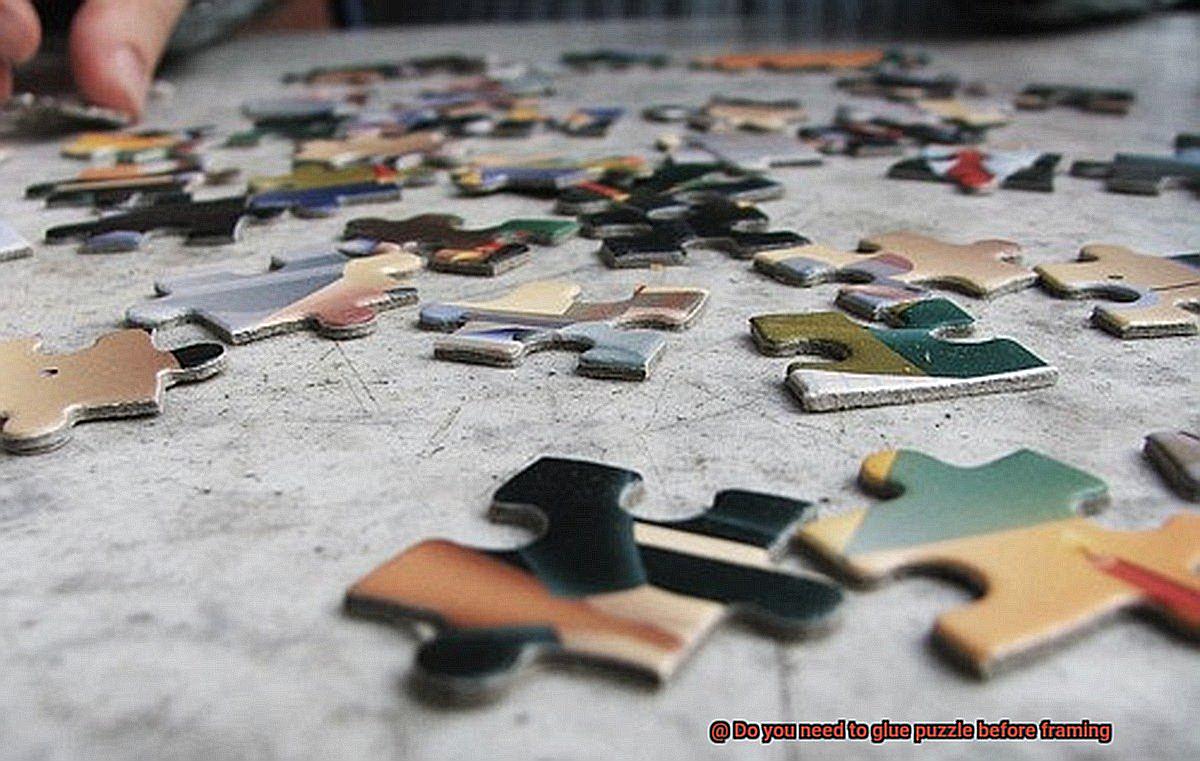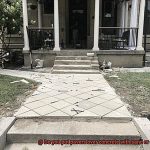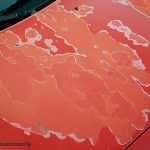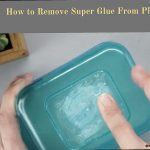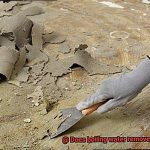The final piece falls into place, completing the captivating puzzle scene. You step back, feeling a rush of accomplishment fill the room. But amidst your triumph, a lingering question arises: should you glue your puzzle before framing it?
In the world of puzzle enthusiasts, this question has ignited endless debates and discussions. Some argue that gluing is essential for preserving the puzzle’s integrity, while others embrace its transient nature, leaving it unglued.
As we dive into this captivating topic, let’s explore the main points surrounding the age-old dilemma of whether or not to glue your puzzle before framing.
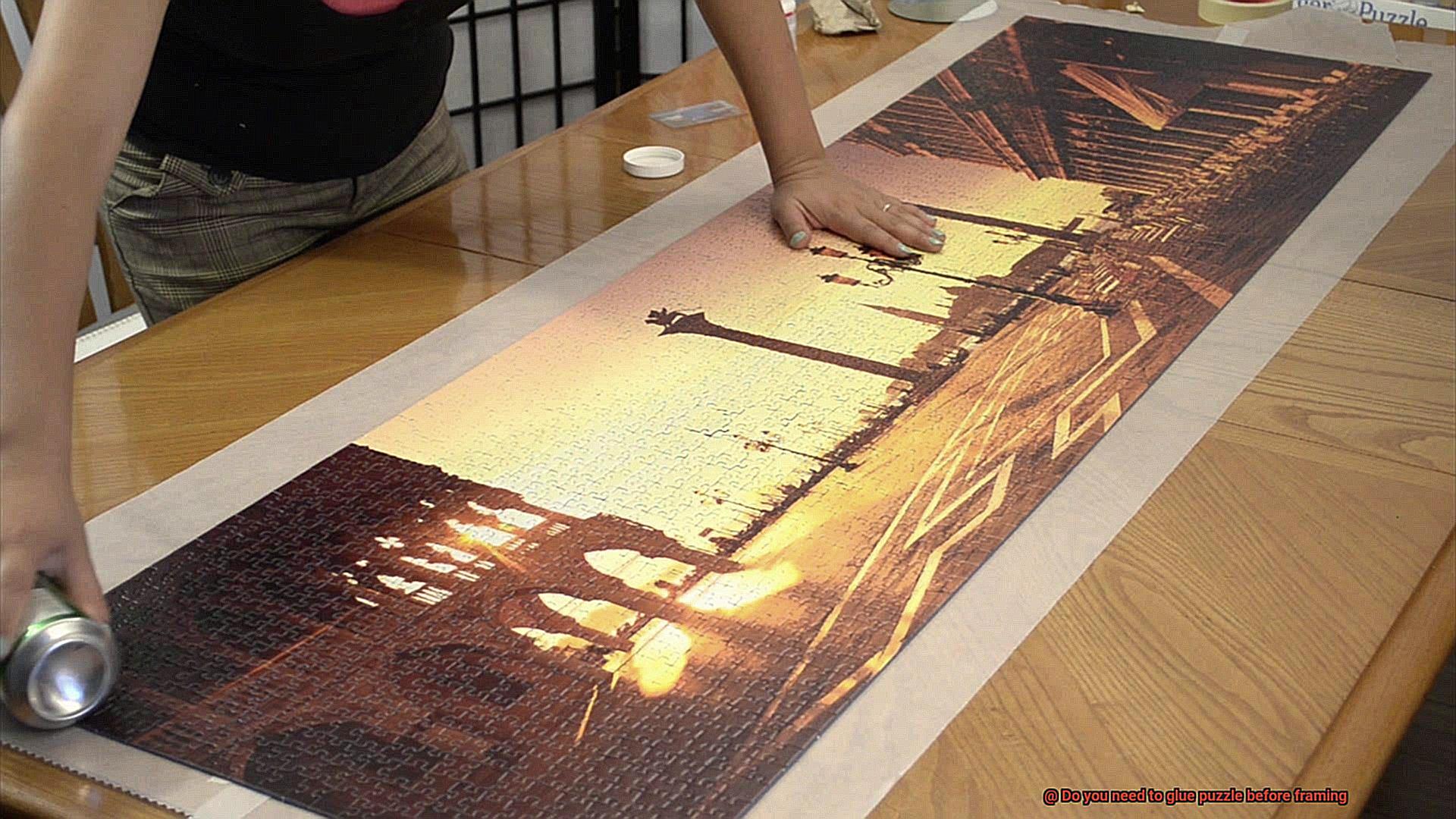
- Preservation: Gluing ensures stability and safeguards against accidental bumps, drops, or warping caused by humidity. Each delicate piece remains intact over time, preserving your masterpiece for years to come.
- Presentation: With precision application, puzzle glue can transform a jigsaw masterpiece into stunning wall art. It acts as a protective layer, sealing the surface and giving it a polished and professional appearance.
- Manipulation Loss: However, gluing does have drawbacks. Once glued, the puzzle becomes a permanent display—no more reassembling or sharing the joy with others. Consider this trade-off before making your decision.
- Framing Options: Regardless of gluing preference, framing is essential to showcase your completed artwork. Explore various techniques and materials that can elevate your puzzle to new heights.
So fellow puzzlers, join us on this captivating journey as we uncover the pros and cons of deciding whether to glue your puzzle before framing. Find your preference and ensure that your perfectly crafted masterpiece stands the test of time. Let’s dive in.
Factors to Consider Before Gluing a Puzzle
Contents
The age-old question of whether to glue a completed puzzle before framing it requires careful consideration. Various factors, such as the puzzle’s size, complexity, condition, purpose of framing, quality, and personal preference, can influence this decision. In this article, we will delve into these factors and explore alternative framing methods to help you make an informed choice.
Size Matters:
The size of the puzzle is a critical factor to ponder before reaching for that glue bottle. Larger puzzles can pose challenges in terms of handling and gluing. Assess whether you have sufficient space and resources to tackle a larger puzzle, or if a smaller one may be a more manageable option.
Complexity Calls for Caution:
Complexity adds another layer of consideration to the gluing decision. Intricate and highly detailed puzzles demand more time and effort to glue correctly. If your puzzle boasts countless small pieces or intricate designs, proceed with caution to avoid losing any pieces or damaging the puzzle during the gluing process.
Condition Check:
Before committing to gluing, carefully evaluate the condition of the puzzle. If it is already damaged or missing pieces, investing time and adhesive may not be worthwhile. Ensure that all the pieces are fully interlocked and in good condition prior to applying any glue.
Purpose Dictates Decision:
Contemplate the purpose of framing your puzzle. If your aim is to display it as a finished artwork, gluing it before framing may be the way to go. However, if you anticipate wanting to disassemble and reassemble it in the future, foregoing the glue is a wise choice.
Quality Matters:
Consider the quality of your puzzle when deciding whether gluing is necessary. Some puzzles are crafted with high-quality materials and precision cutting techniques, rendering them more durable and less likely to come apart. If you possess such a puzzle, additional adhesive may not be required as the pieces will likely stay together on their own.
Personal Preference Prevails:
Ultimately, the decision to glue or not to glue a puzzle before framing is a matter of personal preference. Some individuals prefer the added stability that gluing provides, while others relish the challenge of assembling and disassembling puzzles without any adhesive. Reflect on your own preferences and determine what will best preserve and showcase your puzzle.
Benefits of Gluing a Puzzle Before Framing
Here’s why taking the extra step to glue your puzzle is worth it:
- Stability: Gluing your puzzle ensures that the pieces stay in place, even if the frame is moved or bumped. No more worries about loose or missing pieces – your puzzle will remain intact and secure over time.
- Preservation: Without glue, a completed puzzle is vulnerable to dust, moisture, and accidental handling, which can lead to deterioration. By gluing the puzzle, you create a protective layer that safeguards it from damage and preserves its integrity for years to come.
- Aesthetics: Gluing the puzzle eliminates gaps between the pieces, creating a smooth and seamless finish. The result is a professional-looking artwork or decoration that commands attention and admiration.
- Easy Hanging: Once your puzzle is glued and dried, it becomes a solid unit that can be easily mounted onto a backing board or placed inside a frame. Hanging it on a wall or displaying it on a shelf becomes hassle-free, without the risk of individual pieces coming loose.
- Protection: Gluing your puzzle provides a protective barrier against accidental damage such as scratches, tears, or bending. The glue acts as armor, keeping your puzzle safe from everyday wear and tear.
- Peace of Mind: Gluing your puzzle gives you satisfaction and pride in your accomplishment. You can enjoy your completed masterpiece without constant worries about it falling apart or needing maintenance.
Types of Puzzle Glues
Look no further. In this article, we will delve into the fascinating and diverse world of puzzle glues. We’ll explore the different types available, their unique features, and the benefits they offer. Whether you’re seeking a glossy finish or a quick-drying adhesive, we’ve got you covered. Let’s embark on this puzzle glue adventure.
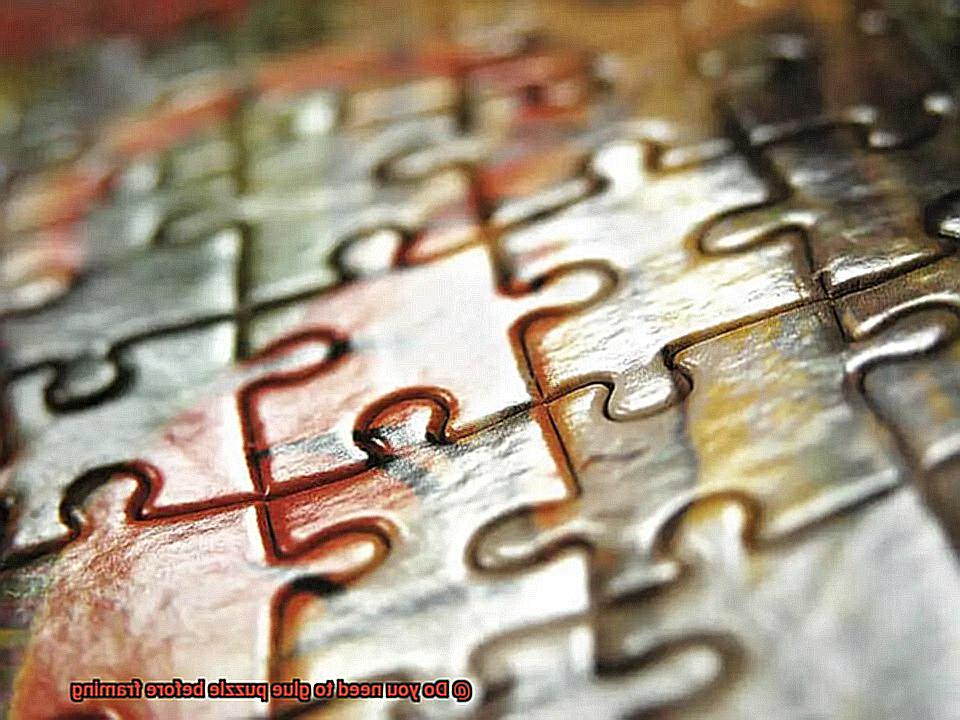
Liquid Glue: A Shining Star
Among the various puzzle glues, liquid glue stands out as a shining star. This type of glue is transparent, drying to a glossy finish that gives your completed puzzle an exquisite shine. Its versatility allows for easy application, either with a brush or directly from the bottle, ensuring even coverage across the puzzle surface. Liquid glues are typically water-based, making them non-toxic and safe for all puzzle enthusiasts. What’s more, they dry relatively quickly, allowing you to frame your masterpiece sooner and proudly display it to friends and family.
Spray Adhesive: Fast and Furious
If speed is of the essence, then spray adhesive is your go-to puzzle glue. True to its name, this glue comes in a convenient aerosol can. With a simple spray over the puzzle surface, the adhesive creates an even and thin layer that dries quickly. Its rapid drying time ensures that your puzzle pieces stay firmly in place, even when framed. However, be mindful of protecting your workspace and closely following instructions to avoid any messy mishaps during application.
Puzzle Conserver and Preserver: The Guardians of Puzzles
Puzzle conserver and preserver glues are specially formulated to safeguard your puzzles for years to come. These dedicated glues offer long-lasting protection against potential damage. Puzzle conservers typically come in bottles equipped with an applicator sponge for easy and even application. On the other hand, puzzle preservers have a slightly thicker consistency, ensuring superior coverage and sealing of puzzle pieces. With these glues as your guardians, your completed puzzles will remain intact and shielded from harm.
Powdered Glues: The Puzzle Professionals’ Choice
For those seeking professional-level preservation, powdered glues are the preferred choice. This type of glue comes in powder form and requires mixing with water to create a paste-like consistency. While powdered glues may demand more time and effort to prepare and apply, they offer a robust bond and excellent preservation properties. Puzzle framers often favor powdered glues for their reliability and effectiveness in keeping puzzles intact for prolonged periods.
Preparing the Puzzle for Gluing
Before we jump into the gluing process, it’s vital to prepare your puzzle meticulously. In this guide, we’ll walk through the steps to ensure your puzzle is clean, flat, and ready for the glue. Let’s dive in and get your puzzle prepped for framing.
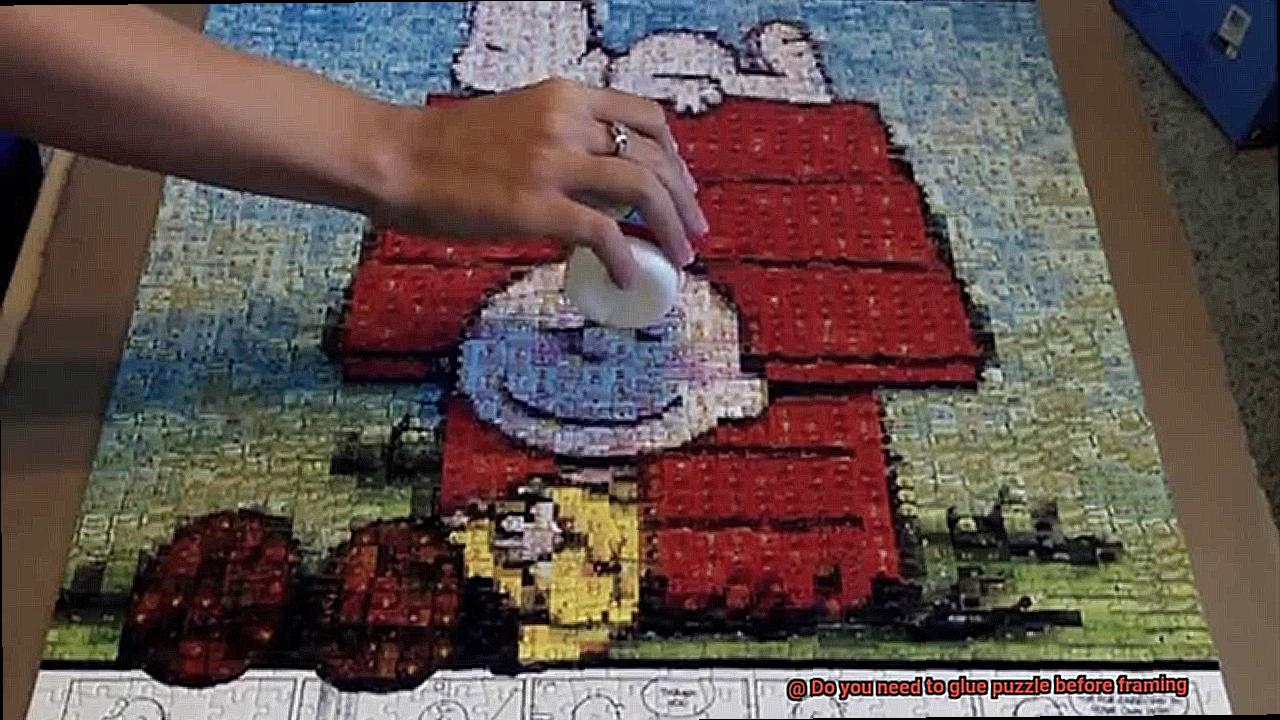
Step 1: Dust Off and Shine On
First things first – let’s banish any dust, dirt, or debris that could mar the adhesion of the glue. Armed with a soft brush or a microfiber cloth, gently sweep across the puzzle’s surface. This simple act will work wonders in achieving a flawless finish.
Step 2: Unwarp the Wonder
Warped puzzles can be a real headache when it comes to even gluing. Fear not. Lay your puzzle on a trusty puzzle mat or a large piece of cardboard. Then, place a weighty object (a stack of books does the trick) on top of it. Allow this dynamic duo to work their magic undisturbed for several hours or overnight, letting gravity flatten out any unwanted unevenness.
Step 3: Piece It All Together
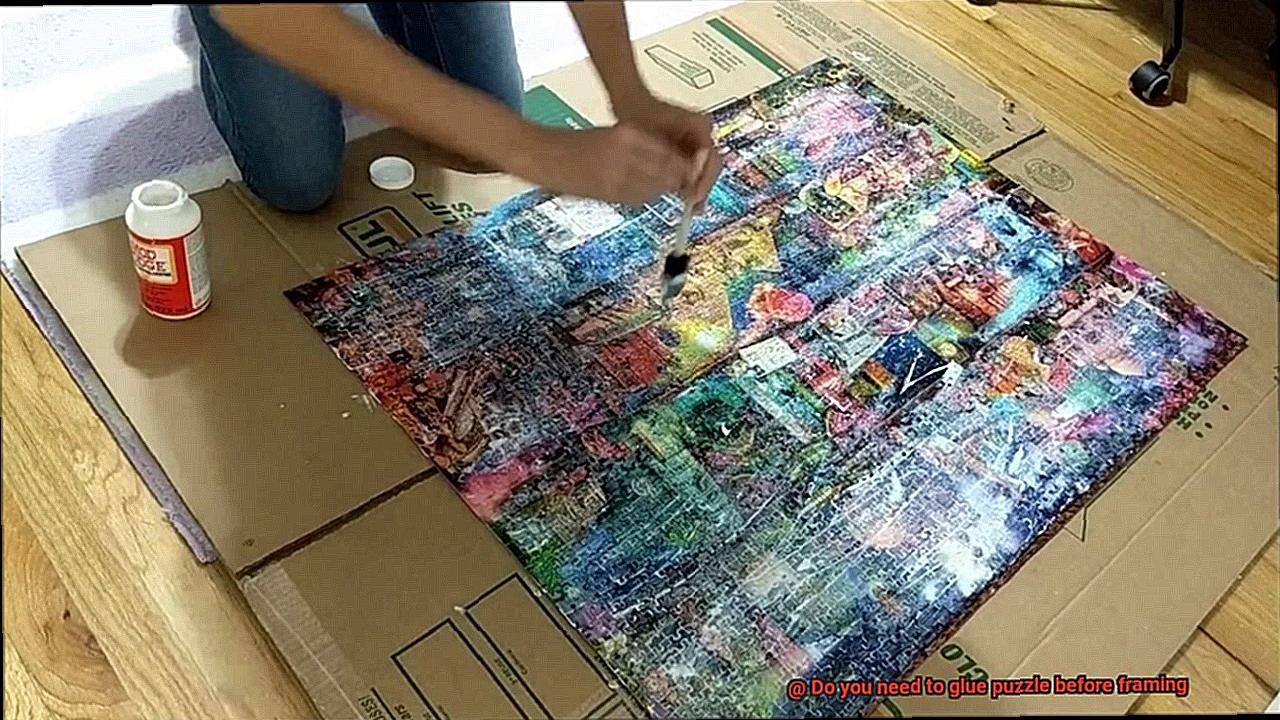
Before we proceed further, let’s scrutinize your puzzle for any loose or missing pieces. With gentle precision, carefully press any wandering pieces back into their rightful places. In case you stumble upon any missing pieces, reach out to the manufacturer or consider acquiring replacements to maintain the puzzle’s integrity.
Step 4: Preserve and Protect
Now comes an important decision – will you opt for a puzzle preserver or a sealer? Picture this: puzzle preservers are steadfast adhesive sheets applied to the back of your masterpiece, offering stability and keeping everything intact. Alternatively, puzzle sealers are liquid solutions poured over the front of the puzzle, forming a protective shield. Both choices excel in preserving your puzzle’s beauty and safeguarding it during framing.
Step 5: A Smooth Base for Success
To achieve a flawless result, we must ensure the surface on which we’ll be gluing the puzzle is pristine and smooth. No bumps or debris allowed. Consider using a clean, flat piece of cardboard or foam board as a solid foundation for gluing your puzzle. This will provide stability and make the framing process a breeze.
Applying Glue to the Puzzle
Today, we embark on a journey that will unlock the secrets to preserving your beloved puzzles for generations to come. Grab your brush, ready your puzzle, and let’s delve into the art of applying glue to the puzzle – a step that will transform your creation into a seamless and secure work of art.
Why Specialized Puzzle Glue Matters:
Before diving into the application process, let’s first understand the significance of using specialized puzzle glue. Ordinary household glue won’t do justice to your masterpiece. Puzzle glues are meticulously engineered to bond puzzle pieces flawlessly, leaving no visible residue or altering the puzzle’s appearance. With their non-toxic and water-based formulas, they ensure both your safety and the preservation of your precious puzzles.
Creating the Perfect Workspace:
Now that you have your specialized puzzle glue in hand, it’s time to create an ideal workspace. Choose a flat and pristine surface – a large piece of cardboard, a foam board, or a dedicated puzzle mat will provide the stability necessary to prevent any unwelcome shifting during the gluing process.
The Artful Application Process:
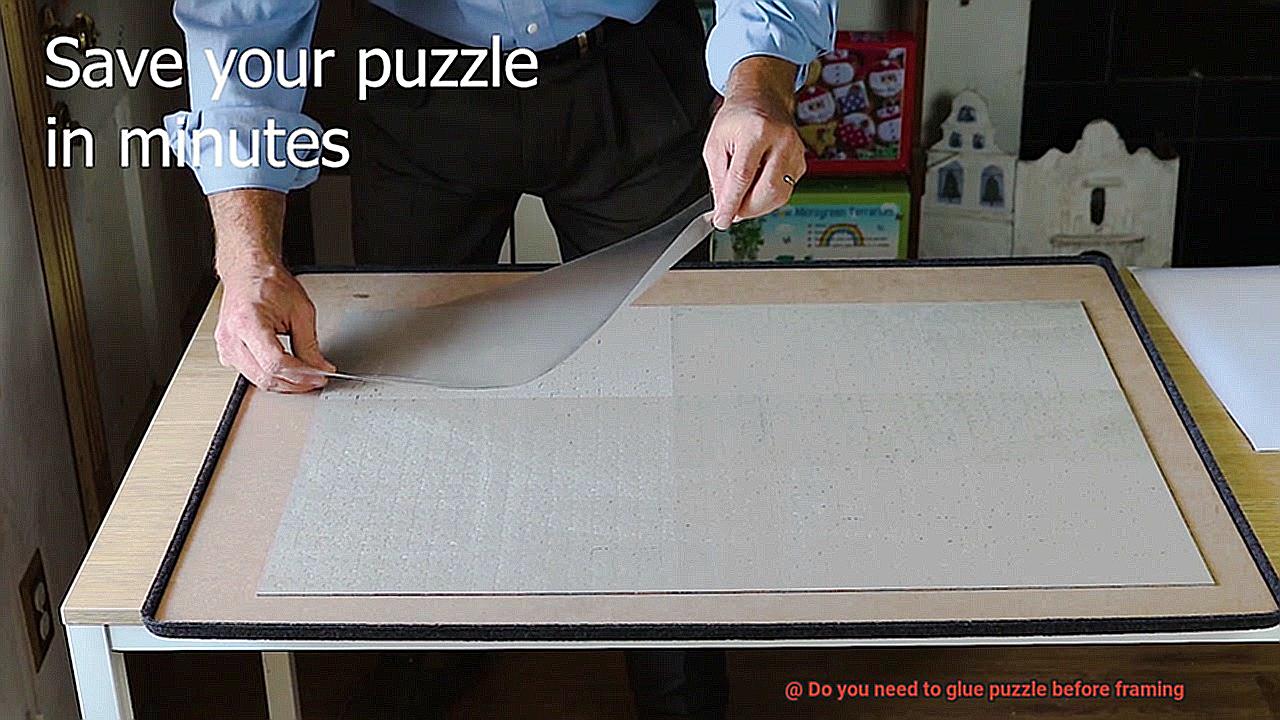
To achieve an impeccable finish, begin at one corner of your puzzle and work your way across. Utilize a brush or sponge applicator to evenly distribute the glue over every inch of the surface. Leave no crevice untouched – it is through attention to these minute details that true artistry is revealed.
Coating for Unyielding Perfection:
For optimal results, some puzzle glues may necessitate multiple coats. In this instance, patience becomes your greatest ally. Allow each coat to dry completely before adding another layer. This meticulous approach guarantees that every puzzle piece is firmly secured together, transforming your creation into an unyielding work of art. Remember, greatness requires time and dedication.
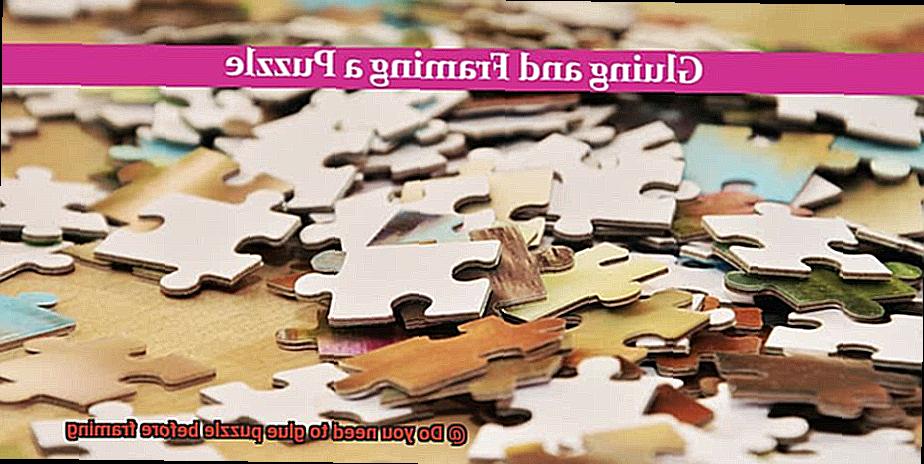
The Waiting Game:
Now comes the most challenging part – waiting for your glued puzzle to dry completely. The duration may differ depending on the glue type and environmental conditions. Exercise restraint, resisting the urge to touch or move your puzzle prematurely. Trust in the process and let time work its magic – for it is through patience that true beauty unfolds.
Alternatives to Gluing a Puzzle Before Framing
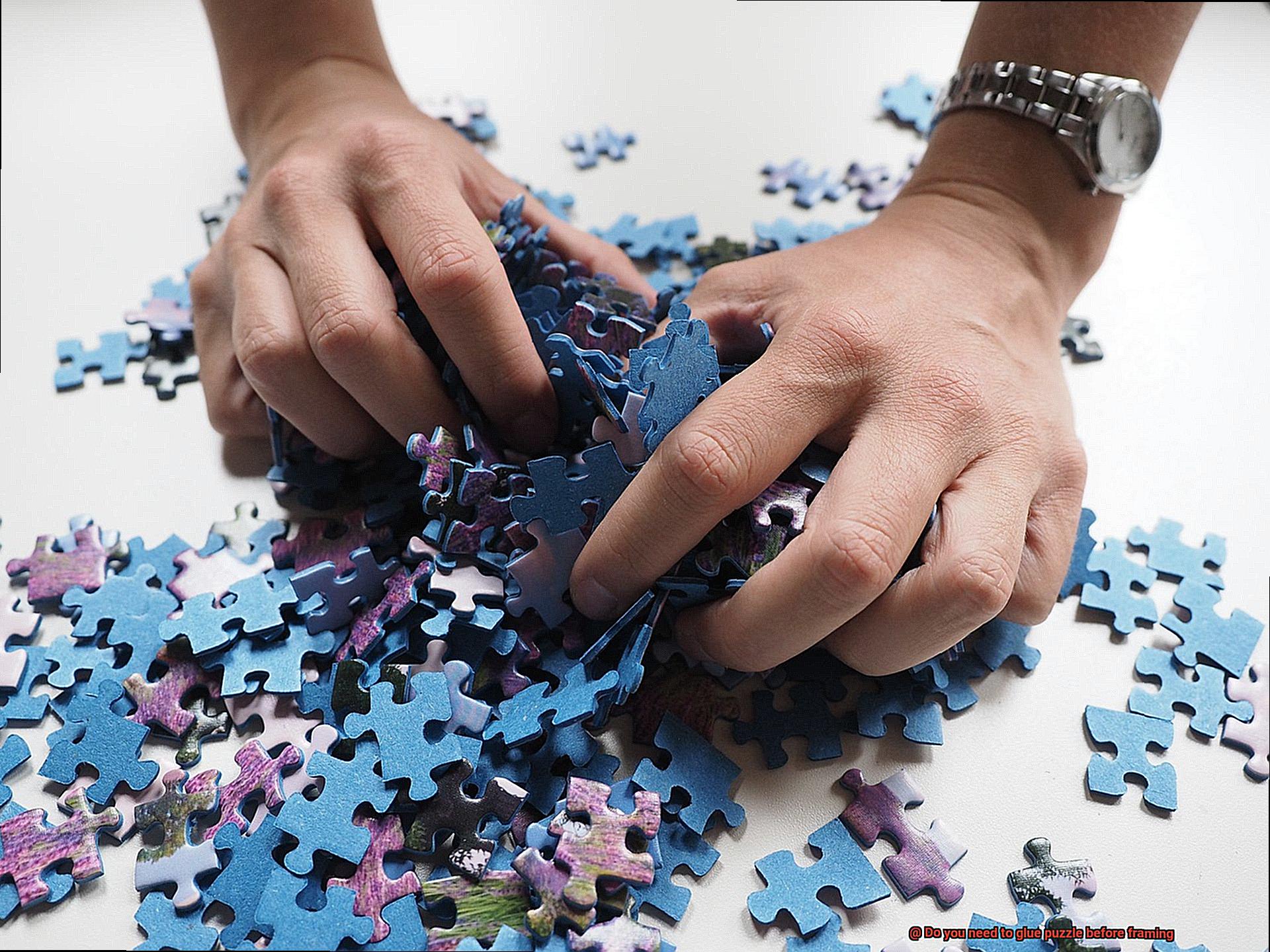
Embarking on the journey of framing your puzzles doesn’t have to involve permanent gluing. Whether you’re an avid puzzle collector or a casual enthusiast, there are various alternatives that can help you preserve your masterpiece without sacrificing the option of disassembling it in the future. In this article, we’ll explore a range of fascinating methods that allow you to frame your puzzle with flexibility and creativity, while bidding farewell to traditional glue.
Puzzle Preserver Sheets or Adhesive Sheets:
Transparent and purposefully designed for puzzles, these magical sheets provide an effortless alternative to gluing. With their self-adhesive nature, all you need to do is apply them to the back of your completed puzzle, instantly holding the pieces together. No drying time required. Perfect for those who treasure the possibility of rediscovering the puzzle’s hidden beauty anytime they desire.
Puzzle Conserver:
For those seeking a bond that combines strength with versatility, puzzle conserver is your answer. Brush this liquid adhesive onto the back of your puzzle, and witness its transformative power as it dries clear, creating a sturdy connection. Frame your puzzle with confidence, knowing that you can easily dismantle it whenever the mood strikes.
Puzzle Frames with Built-In Mechanisms:
Indulge in the seamless elegance of puzzle frames equipped with ingenious mechanisms. These frames boast sliding backing boards that securely hold your puzzle pieces in place. Simply slide the board back into the frame, witnessing the magic unfold as your puzzle remains intact, free from the clutches of glue.
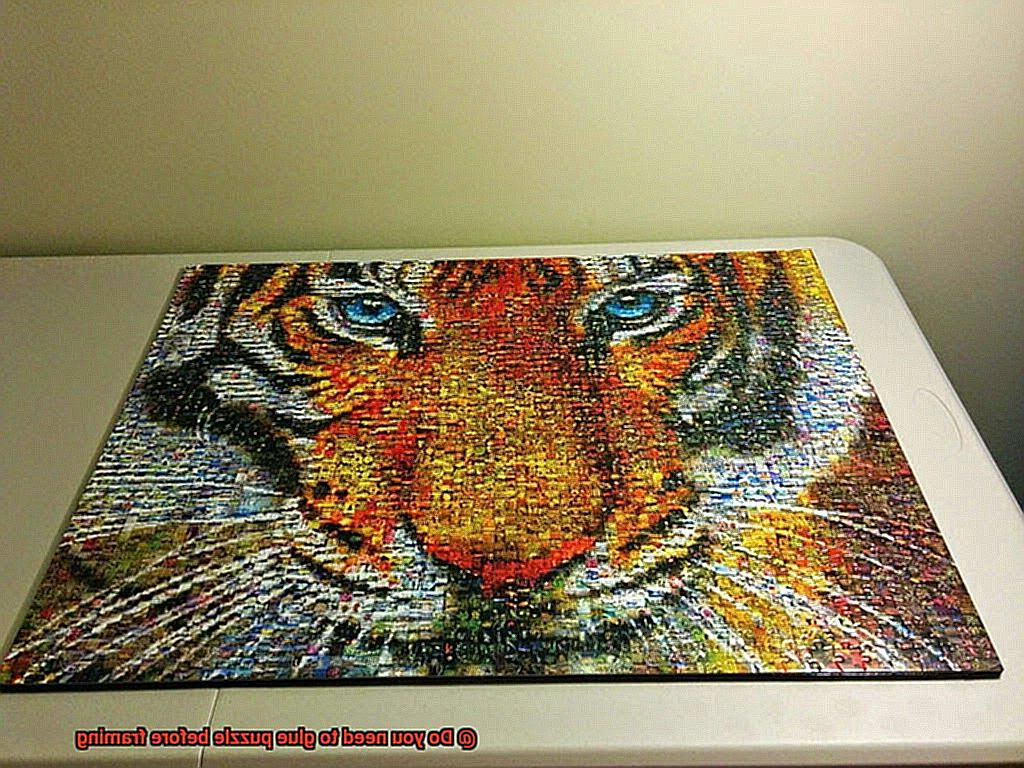
Wax Paper or Parchment Paper:
Looking for a temporary solution or a hands-on approach? Wax paper or parchment paper can be your trusty companions. Place them atop your completed puzzle and delicately flip it over. Apply double-sided tape or adhesive strips to the back, ensuring the puzzle’s steadfastness. When the time comes to dismantle, simply remove the tape or strips, leaving your puzzle unscathed.
Puzzle Glue Sheets:
Join the ranks of puzzle aficionados who revel in the convenience and efficiency of puzzle glue sheets. These marvels are akin to adhesive sheets but come with a pre-applied layer of glue. Trim them to fit your puzzle’s size, press them onto the back, and watch as the glue dries clear, preserving your masterpiece with unwavering strength.
Advantages and Disadvantages of Gluing Puzzles
To Glue or Not to Glue: Exploring the Advantages and Disadvantages of Gluing Puzzles

Completing a challenging puzzle is a triumph in itself, but what comes next? The decision of whether to glue the puzzle or leave it as is can be a perplexing one for puzzle enthusiasts. Gluing a puzzle offers several advantages, but it also presents some drawbacks to consider. Let’s delve into the pros and cons of gluing puzzles, helping you make an informed choice.
Advantage #1: Preservation – A Puzzle’s Guardian
Gluing puzzles before framing them comes with the primary advantage of preservation. By applying glue to the back of your completed puzzle, you create an impenetrable shield that protects it from accidental damage or shifting pieces. This is particularly beneficial if you plan on displaying the puzzle for an extended period. With the glue acting as a guardian, your masterpiece remains intact and safe from harm.
Advantage #2: Stability – A Puzzle that Stays Put
Gluing a puzzle together adds an element of stability to its final form. Once the pieces are secured in place, they won’t come apart, even if the framed puzzle is moved or transported. This stability is crucial if you intend to hang the puzzle on a wall or display it in high-traffic areas. With this added assurance, you can proudly exhibit your completed puzzle without worrying about any mishaps.
Advantage #3: Framing Options – Unleashing Creativity
When you choose to glue a puzzle, you open up a world of framing possibilities. As the puzzle becomes one solid piece, you have more flexibility in terms of framing techniques and materials. Whether you opt for traditional framing with glass and matting or prefer specialized puzzle frames that allow for easy display and removal, gluing your puzzle expands your choices and lets your creativity shine.
Advantage #4: Aesthetic Appeal – Elevating Visual Splendor
Gluing a puzzle can transform its appearance, giving it a polished and professional look. The glue fills in the gaps between the pieces, creating a smooth surface. This not only ensures the puzzle’s integrity but also enhances the vibrancy of colors and patterns. The result is a visually stunning masterpiece that captivates viewers and becomes a focal point of admiration.
Disadvantage #1: Irreversibility – A Permanently Bonded Puzzle
RlBvp6hy9TU” >
Conclusion
Gluing a puzzle before framing is not always necessary, but it can provide several benefits.
By securing the puzzle pieces together, you ensure that they won’t shift or fall apart while being displayed. This is particularly important if you plan to hang the framed puzzle on a wall.
Gluing also helps to preserve the puzzle’s integrity over time, preventing any potential damage or loss of pieces. Additionally, gluing a puzzle can make it easier to handle and transport without worrying about it coming undone.
However, there are some drawbacks to consider. Once glued, the puzzle becomes permanent and cannot be taken apart or reassembled.
Gluing may also alter the appearance of the puzzle slightly, as some glues can create a glossy finish.

